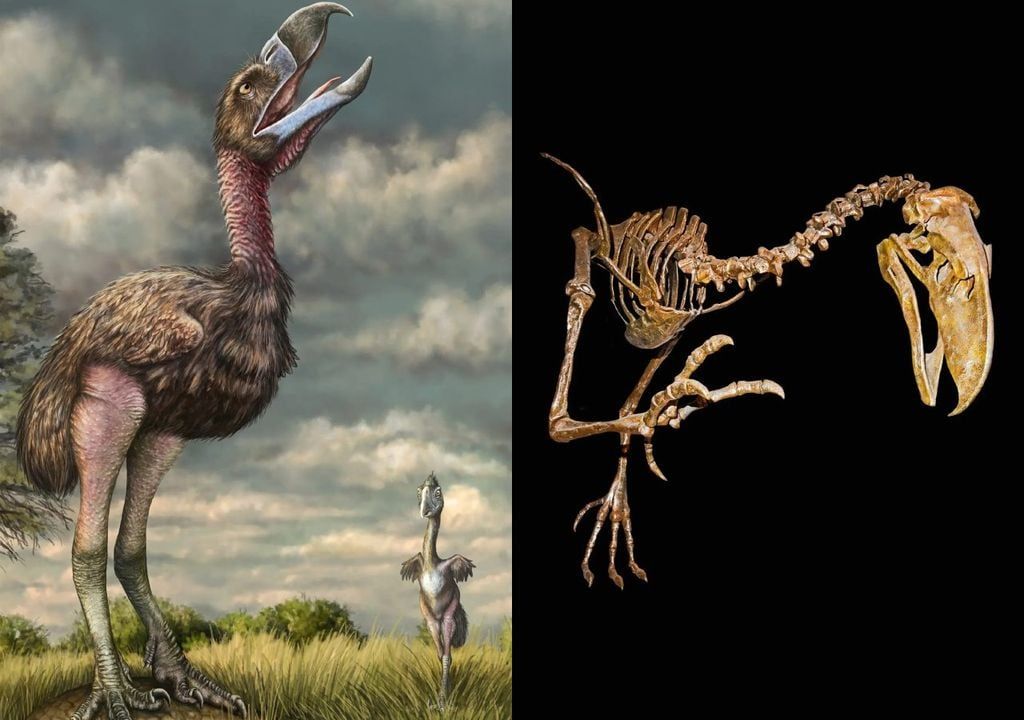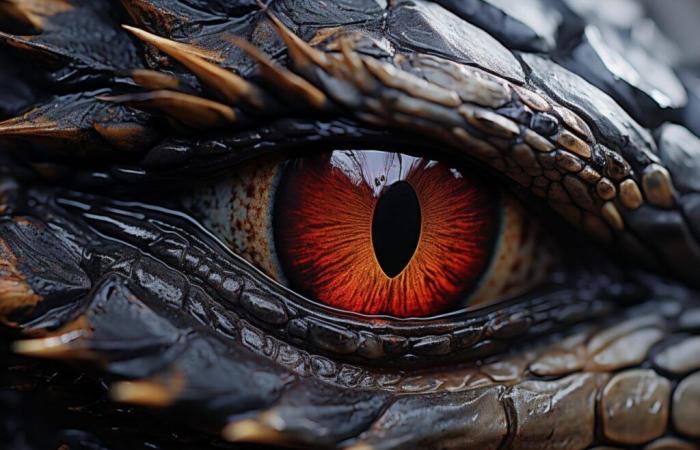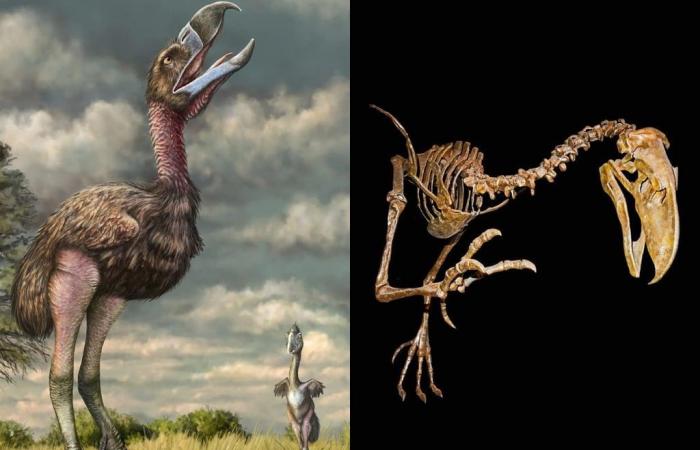Nearly 20 years ago, collector César Perdomo explored the desert arid of Tatacoa, in the north of the Colombiawhen he unearthed a monumental bone that was unlike anything he had seen before. Suspecting that it belonged to an extinct creature, the unlabeled fossil ended up in his collection at the La Tormenta Museum in Huílawhere it remained hidden from science for decades.
However, in 2023, ornithologist Federico J. Degrange recognized that this fossil was part of the leg of one of the most fearsome creatures that ever existed in South America : a giant bird. This discovery, detailed in a recent article in the journal Palaeontologyprovides new clues about these enormous predators that dominated South America 12 million years ago, during the Miocene Epoch.
The bone is a tibiotarsus of the left leg. The analysis indicates that the bird in question was up to 20% larger than any other known member of its species, probably reaching over 2.5 meters in height, with a hook-shaped bill and great hunting ability.
An ancient and fierce ecosystem
The fossil, marked by possible bites from an extinct giant crocodilethe Purussaurussuggests that the “terrorist bird” was not only an effective hunter, but also competed with colossal reptiles. “We suspect that the terror bird would have died from its injuries, given the size of crocodiles 12 million years ago,” says Siobhán Cooke, a researcher at Johns Hopkins University and co-author of the paper. ‘study.
Clues found on bone, including bite marks likely caused by extinct giant crocodile Purussaurussuggest that this bird may have met a tragic end at the hands of this predator which reached up to 10 meters in length.
The Tatacoa Desert, where the fossil was foundwas a Miocene region rich in rivers and freshwater fauna. Besides terrorist birds and caimans, this region was home to gigantic sloths, primates and extinct ungulates that competed for territory and prey.
An iconic predator
With limbs designed for speed and an axe-shaped skull which, according to a study published in 2010 in the journal Public Library of Scienceallowed him to deliver precise and devastating blowsthe terrorist bird dominated the South American food chain at that time.

For Cooke and his team, the fossil represents not only an exceptional discovery, but also a unique window into the ecological past of the region. “It’s a different ecosystem than we know today,” says Cooke. “It would have been a fascinating place to walk around and see all these animals that are now extinct,” she added.
This discovery also raises the possibility that there are other fossils of these terror birds hidden in museum collectionswaiting to be recognized. During its reign, the bird lived in South America when the continent was separated from North America and did not yet have competitors from the north. Its closest living relative, the seriema, measures only one meter and is only the shadow of this prehistoric titan.
The team used 3D scanner technology to analyze the fossil in depth and create a digital model that allowed them to study the morphological characteristics of this bird.
Most fossils of these prehistoric predators have been discovered in the south of the continent, in countries like Argentina and Uruguay. The team of researchers is convinced that Analysis of the fossil and future studies will provide a better understanding of how these birds adapted to their role as predators and learn more about the evolution of modern hunting birds.
Article reference:
Degrange, F. J. et al. A gigantic new terror bird (Cariamiformes, Phorusrhacidae) from Middle Miocene tropical environments of La Venta in northern South America. Palaeontologyv. 10, 2024.










